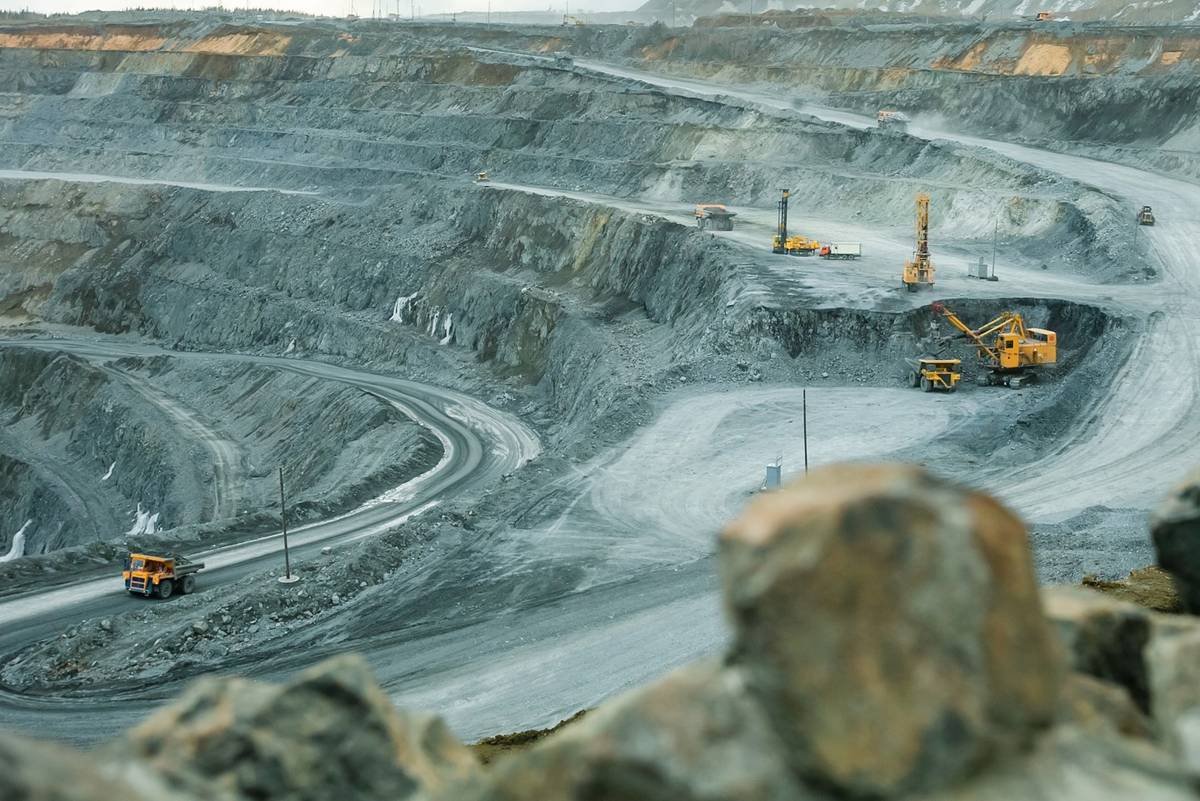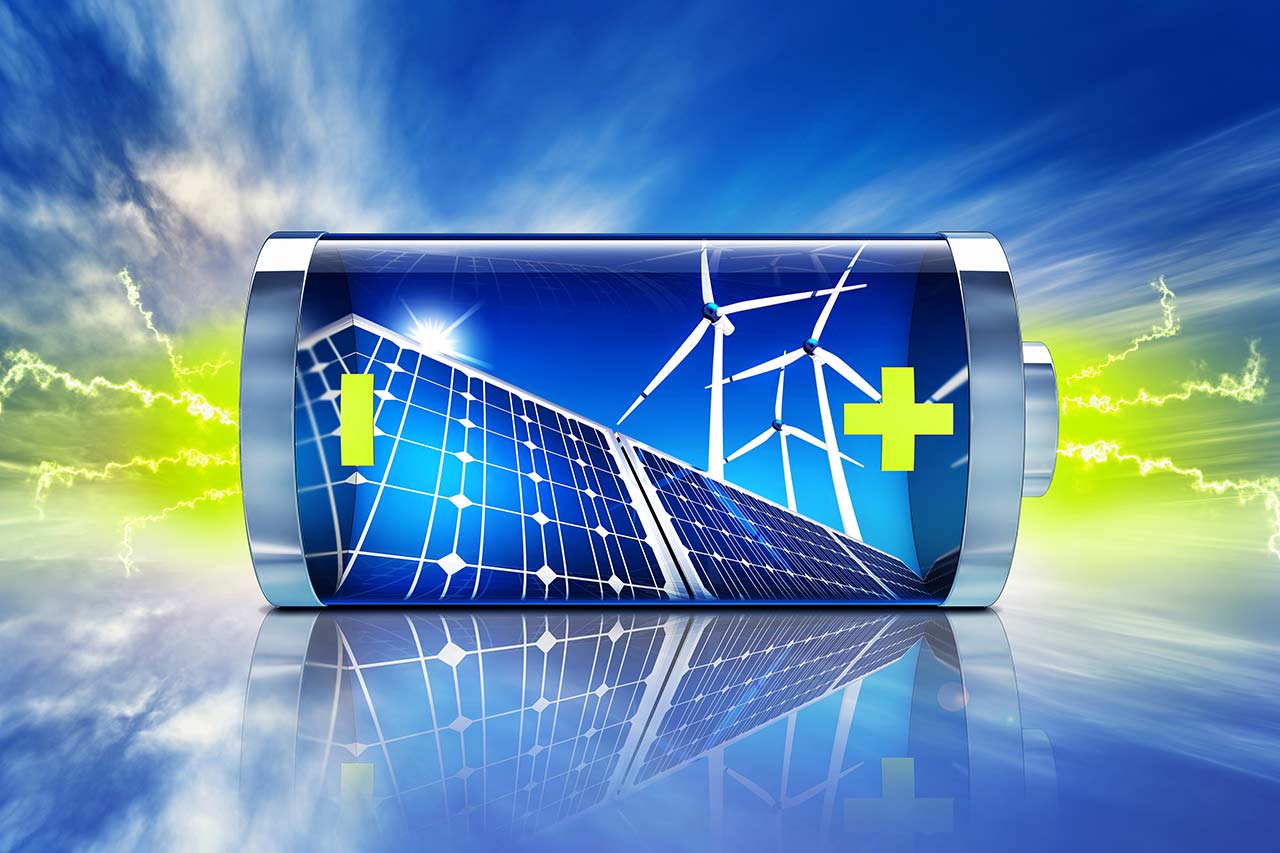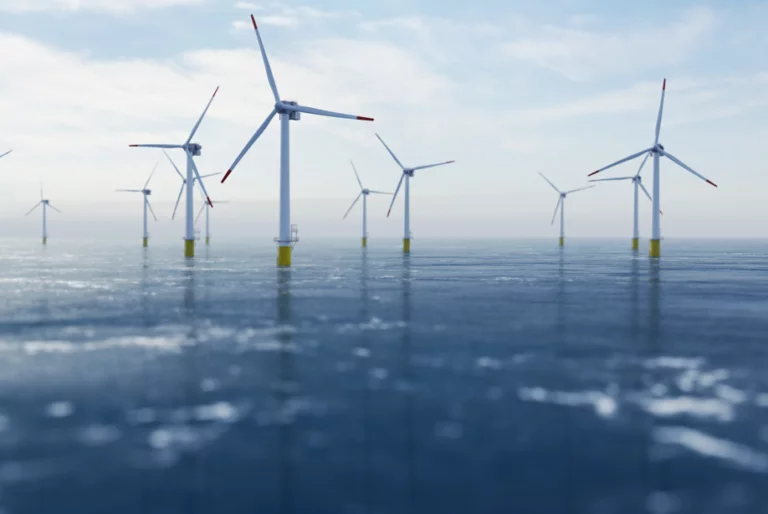Copper: a must-have for renewable energies, with demand exploding
Widely used in renewable energy technologies for its conductivity, copper accounts for 70% of total consumption of critical raw materials for the energy transition, with over 31 Mt of copper used in 2021 (source: ICSG). Given its strategic use, it’s only natural for copper to be included in the European Commission’s list of critical raw materials for 2023 as demand for the metal is expected to increase by 40% by 2040.
According to the IEA, the expected global gap between primary production and demand in 2030 is likely to reach 5 Mt if no further investment is made in mining [1]. To bridge this gap, recycling will also be needed, as recycled copper will account for around 33% of global consumption in 2021, according to the ICSG. This is a lever that should not be neglected, as copper is one of the few raw materials that can preserve its physical and chemical properties during the recycling process.
Lithium: a key element in energy storage, but with production depending on just a few companies
Lithium plays an essential role in the energy transition, as it is required for the manufacturing of batteries for electric vehicles and for the storage of intermittent energy generated by renewable energies. These technologies, which accounted for just 45% of lithium demand in 2021, are expected to reach almost 90% by 2030 [1]. Lithium demand is thus set to increase by a factor of 8 over the next fifteen years, with demand in the NZE (Net Zero Emission) scenario estimated at over 680 kt in 2030
Based on this growth, the IEA estimates that, without additional investment, there could be a 35% gap between primary production and requirements by 2030. In addition to investment in extraction, the lithium challenge lies in the fact that 60% of the world’s manufacturing is currently concentrated around just 5 companies: 2 American (Livent and Albermale), 1 Chilean (SQM) and 2 Chinese (Tianqi and Jiangxi Ganfeng Lithium). Finally, recycling remains a major challenge for lithium batteries. In Europe, the European Commission is seeking to catch up, with plans to increase the recovery of lithium from battery waste to 50% by 2027, and to impose incorporation rates for materials produced by recycling.
Learn more about the challenges related to the recyclability of materials >
Nickel: a fundamental production for transport electrification, but limited by mining industry capacity
Mainly used in the production of stainless steel (70% of all uses), nickel is an essential mineral resource for the manufacturing of many components, particularly electric batteries. With the growing electrification of transport, demand for nickel is forecast to double by 2040, depending on the various government policies on mobility [2]. This sudden growth raises concerns about the mining industry’s ability to supply sufficient metals for battery manufacturing.
In a NZE scenario, the IEA forecasts a 40% deficit between refined nickel production and demand by 2030. In the light of these projections, this metal, whose supply is nevertheless diversified with 33 nickel ore-producing countries in 2021, has been classified as a critical mineral by the European Commission in 2023. In addition, trends are moving towards the use of more of the metal in lithium-ion batteries to increase energy density and reduce the cobalt content of cathodes.
Future demand for critical metals will be determined by the ambitions of the public and private sectors in implementing the energy transition to reduce fossil fuel consumption. Paradoxically, this same ambition will lead to an explosion in demand for metals whose extraction and processing raise environmental, geopolitical and supply issues. If you’d like to assess the impact of the energy transition on your raw materials consumption, Alcimed is here to support you. Don’t hesitate to contact our team!
[1] Energy Technology Perspectives 2023. IEA.
[2] Global Critical Minerals Outlook 2024. IEA.
About the author,
Mai-Xuan, Senior Consultant in Alcimed’s Energy Environment Mobility team in France



